The Dow Chemical Co.
UCON™ WaterGuard Stabilizers
By Andrew Larson, Market Manager | TLT CMF Plus November 2018
Improving Hydrolytic Stability of Esters
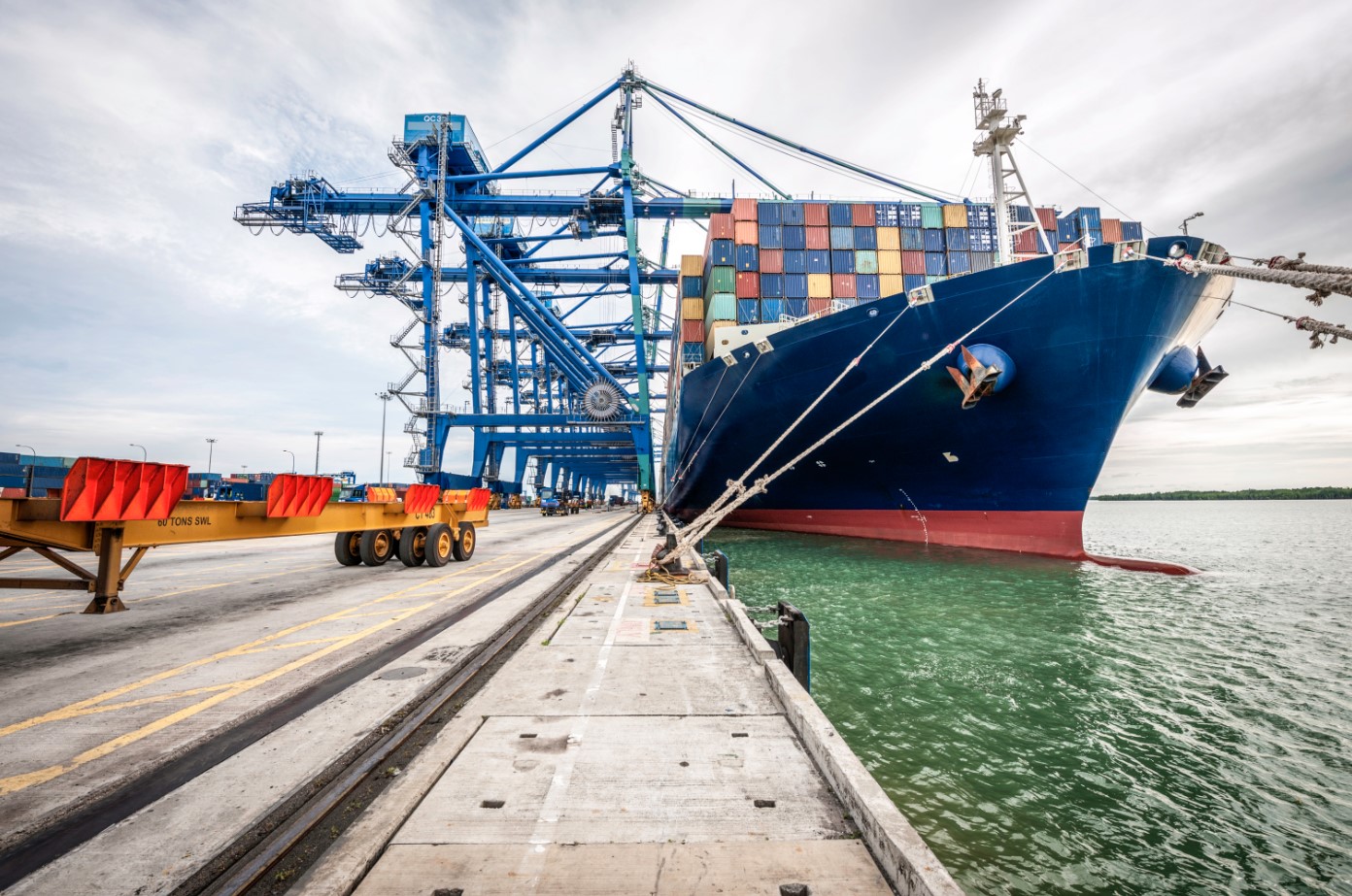
Dow Performance Lubricants is one of the most collaborative partners for lubricant formulators and marketers at the intersection of chemistry and tribology, providing raw materials that help formulate solutions and meet the performance and regulatory challenges encountered by end-users. As the lubricant industry evolves, Dow continues to expand its product portfolio to meet the needs of the industry. When hydrolytic stability is a concern for esters, the inclusion of a UCON™ WaterGuard (WG) Stabilizer into the formulation can reduce their rate of hydrolysis.
Macro Trends Driving Change
Across many industries macro trends are shaping the products delivered to the end user and the lubricants industry is included. These macro trends include digitalization (Industry 4.0), electric mobility, and sustainability.
Sustainability has been impactful especially as it has moved the industry to examine the effects of lubricants on the environment, looking to longer life fluids to eliminate waste, and examining renewable base stock chemistries.
The trend of sustainability has also driven regulatory change to help protect our waterways in the form of the U.S. EPA’s 2013 Vessel General Permit (VGP) (
1). Along with regulatory change there has also been the advent of voluntary programs including EU Ecolabel (
2), Germany’s Blue Angel (
3), and Korea’s Eco-label (
4).
In the U.S. EPA’s 2013 VGP, environmentally acceptable lubricants (EALs) were defined and one of the chemistries that fit the requirements were organic esters. This includes natural esters (e.g. vegetable oils), chemically modified vegetable oils (e.g. high oleic vegetable oils), and synthetic esters. These chemistries offer good low temperature properties and oxidative stability but some hydrolytic stability issues persist.
Made for a Life at Sea
At sea, the importance of machinery lubrication reliability cannot be overstated. UCON™ WG Stabilizers can extend the life of lubricants used in marine applications, including deck equipment, by improving the hydrolytic stability of a fluid formulated with esters. With variants available for use in vegetable oils (natural esters or triglycerides) or synthetic esters, UCON™ WG Stabilizers do more than enable longer-lasting lubricants – they can also help to control deposit and varnish formation as the lubricant ages.
Esters used in lubricants are prone to hydrolysis when exposed to moisture or water – a likely possibility on a ship – which can lead to acid generation and fluid degradation. UCON™ WG Stabilizers act like a sponge, soaking up the free water to render it less active and kinetically slowing down the rate of hydrolysis. UCON™ WG Stabilizers also can help meet legislation requiring that maritime lubricants be biodegradable, minimally toxic, and not bio-accumulative.
In the field, sources of H+ or a catalyst can drive a faster rate of hydrolysis for the ester (
Figure 1). Sources of H+ include acidic anti-wear or extreme pressure additives (e.g. amine phosphates), free organic acid from the original esterification process, and acidic gas intake from air into the lubricant (e.g. CO
2, H
2S, SO
2). Sources of catalyst include metals from wear or corrosion in equipment (e.g. Cu, Cr, Fe).
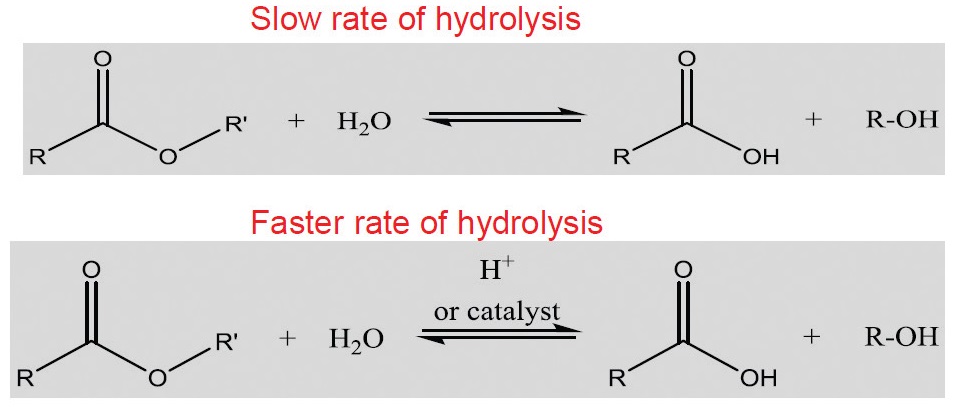 Figure 1. Hydrolysis of Esters
Hydrolytic Stability of Esters Using Polyalkylene Glycols
Figure 1. Hydrolysis of Esters
Hydrolytic Stability of Esters Using Polyalkylene Glycols
Polyalkylene glycol (PAG) technology presents a large variety of possible polymer architectures. The design of the polymer influences the viscosity index, low temperature properties, and many more aspects of the product. The biodegradability of the PAG molecule is also dependent on the polymer structure.
The traditional PAG chemistry is based on the random copolymerization of ethylene oxide (EO) and propylene oxide (PO). When water is added to this chemistry it typically results in a decrease in viscosity (
Figure 2). By changing the PAG’s architecture and moving to a tri-block copolymer of EO and PO, the resulting product now acts like a polymeric sponge in the presence of water (
Figure 3).
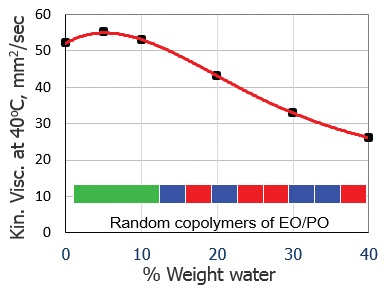 Figure 2. Traditional PAG, EO/PO (50/50 w/w)
Figure 2. Traditional PAG, EO/PO (50/50 w/w)
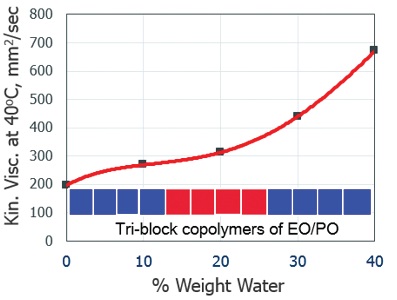 Figure 3. Tri-block copolymer of EO & PO
UCON WG-1: Versatility Expands Possibilities
Figure 3. Tri-block copolymer of EO & PO
UCON WG-1: Versatility Expands Possibilities
The UCON™ WG-1 Stabilizer can be used with most natural and synthetic esters, including unsaturated and saturated esters. As shown in
Figure 4, the UCON™ WG-1 Stabilizer significantly improves the hydrolytic stability of a polyol ester resulting in extended lubricant life. The UCON™ WG-1 Stabilizer is readily biodegradable (OECD 301F) and is based on an ISO-32 viscosity grade. It is also accredited as a component for use in food-grade lubricants (
5). It features a high viscosity index and excellent low temperature performance.
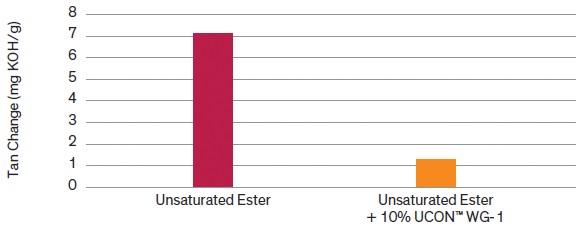 Figure 4. Hydrolytic stability improvement with UCON™ WG-1 Stabilizer (7, 8)
Figure 4. Hydrolytic stability improvement with UCON™ WG-1 Stabilizer (7, 8)
 Table 1. Typical properties of UCON™ WG-1 Stabilizer (9)
UCON WG-2: Focus on Saturated Synthetic Esters
Table 1. Typical properties of UCON™ WG-1 Stabilizer (9)
UCON WG-2: Focus on Saturated Synthetic Esters
The UCON™ WG-2 Stabilizer is a tri-block copolymer and is intended for use primarily with saturated synthetic esters. As shown in
Figure 5, when UCON™ WG-2 Stabilizer is added to a fully saturated trimethylolpropane (TMP) ester, even at quantities as low as 5 percent, hydrolytic stability improves. Polyol esters are inherently more resilient than vegetable oils, making the hydrolytic stability improvement smaller under these test conditions. It is readily biodegradable (OECD 301F), approved for direct and indirect food additive use (
6) and features a high viscosity index.
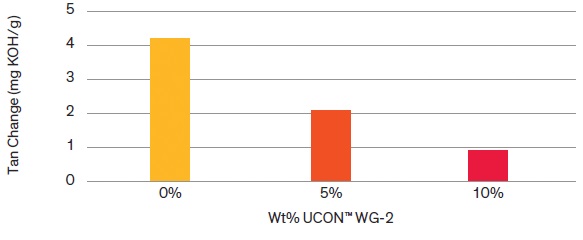 Figure 5. Hydrolytic stability improvement of estolide (TMP) with UCON™ WG-2 Stabilizer (7, 8)
Figure 5. Hydrolytic stability improvement of estolide (TMP) with UCON™ WG-2 Stabilizer (7, 8)
 Table 2. Typical properties of UCON™ WG-2 Stability (9)
NOTES
Table 2. Typical properties of UCON™ WG-2 Stability (9)
NOTES
1.
Click here.
2.
Click here.
3.
Click here.
4.
Click here.
5.
UCON™ WG-1 Stabilizer complies with US FDA 21CFR178.3570 and is NSF certified for indirect food contact.
6.
UCON™ WG-2 Stabilizer complies with US FDA 21 CFR 172.808Ib)3, 173.340(a)(2)1, 175.105, 176.180(b)(2), 176.200(d)(3), 176.210(d)(3), 177.1200(c) and 177.1390(c)(2)(ii)2.
7.
The graphic representations are presented here for illustrative purposes only and should not be construed as product specifications.
8.
ASTM D2619 is modified by adding an amine-phosphate at 0.25 wt% to artificially accelerate aging and the experiment is conducted with 10 wt% water in place of 25 wt% water.
9.
These are typical properties, not to be construed as specifications.